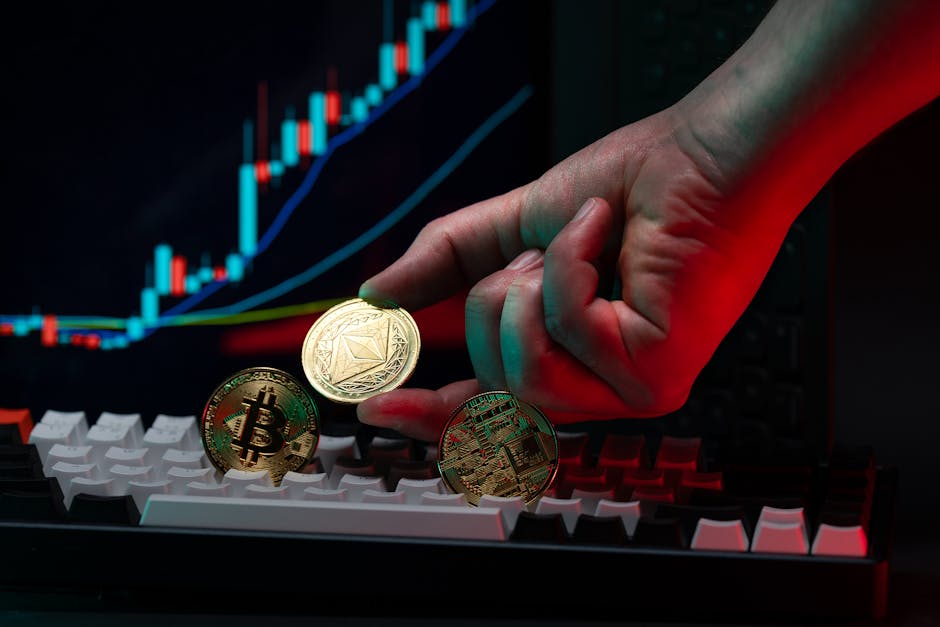Ethereum is often mentioned in the same breath as Bitcoin, and while both are blockchain-based technologies, understanding Ethereum requires looking beyond its cryptocurrency, Ether (ETH). Ethereum’s true power lies in its revolutionary role as a decentralized, global computing network. This post delves into the core functionalities that make Ethereum so much more than just a digital currency.
Understanding the Ethereum Virtual Machine (EVM): The Engine of Innovation
At the heart of Ethereum’s capabilities lies the Ethereum Virtual Machine (EVM). This is a sandboxed, Turing-complete environment that allows developers to deploy and execute smart contracts. These smart contracts are self-executing contracts with the terms of the agreement directly written into code. This eliminates the need for intermediaries, creating trustless and transparent transactions across various applications.
The EVM’s Turing-completeness is a crucial feature. It means that the EVM can theoretically perform any computation a traditional computer can, making it incredibly versatile. This opens doors to a vast array of applications far beyond simple financial transactions.
Beyond Finance: Exploring the Diverse Applications of Ethereum
The versatility of the EVM has spurred the creation of a diverse ecosystem of decentralized applications (dApps). These dApps leverage the security and transparency of the Ethereum blockchain to build innovative solutions across various sectors:
Decentralized Finance (DeFi): This is arguably the most well-known application of Ethereum. DeFi protocols offer decentralized alternatives to traditional financial services, including lending, borrowing, trading, and insurance. The elimination of central authorities leads to increased transparency and potentially lower fees.
Non-Fungible Tokens (NFTs): Ethereum has become the leading platform for creating and trading NFTs, representing ownership of unique digital assets like art, collectibles, and even in-game items. The immutability of the blockchain ensures the authenticity and provenance of these digital assets.
Supply Chain Management: Tracking goods throughout the supply chain using Ethereum’s blockchain can enhance transparency and accountability, reducing fraud and improving efficiency.
Decentralized Autonomous Organizations (DAOs): DAOs are organizations run by code, governed by their members, and operating on a transparent and decentralized basis. Ethereum provides the infrastructure for creating and managing these organizations.
Gaming: Ethereum’s capabilities support the creation of play-to-earn games and decentralized game economies, where players have true ownership of in-game assets.
The Importance of Scalability and Ethereum’s Future
While Ethereum has achieved remarkable success, scalability remains a significant challenge. High transaction fees and network congestion can hinder its widespread adoption. However, ongoing development efforts, such as Ethereum 2.0 and layer-2 scaling solutions, are addressing these issues, promising faster and cheaper transactions in the future. These upgrades are crucial for Ethereum to continue its growth and maintain its position as a leading global computing platform.
Conclusion: Ethereum – The Future of Decentralized Computing
Ethereum is more than just a cryptocurrency; it’s a powerful platform enabling a new era of decentralized applications and services. Its robust infrastructure, fueled by the EVM and its growing ecosystem, is reshaping various industries. While challenges remain, the ongoing development and innovation within the Ethereum community ensure its continued evolution as a leading force in the global computing landscape. Understanding Ethereum’s underlying technology and its vast potential is crucial for anyone interested in the future of decentralized technologies.


